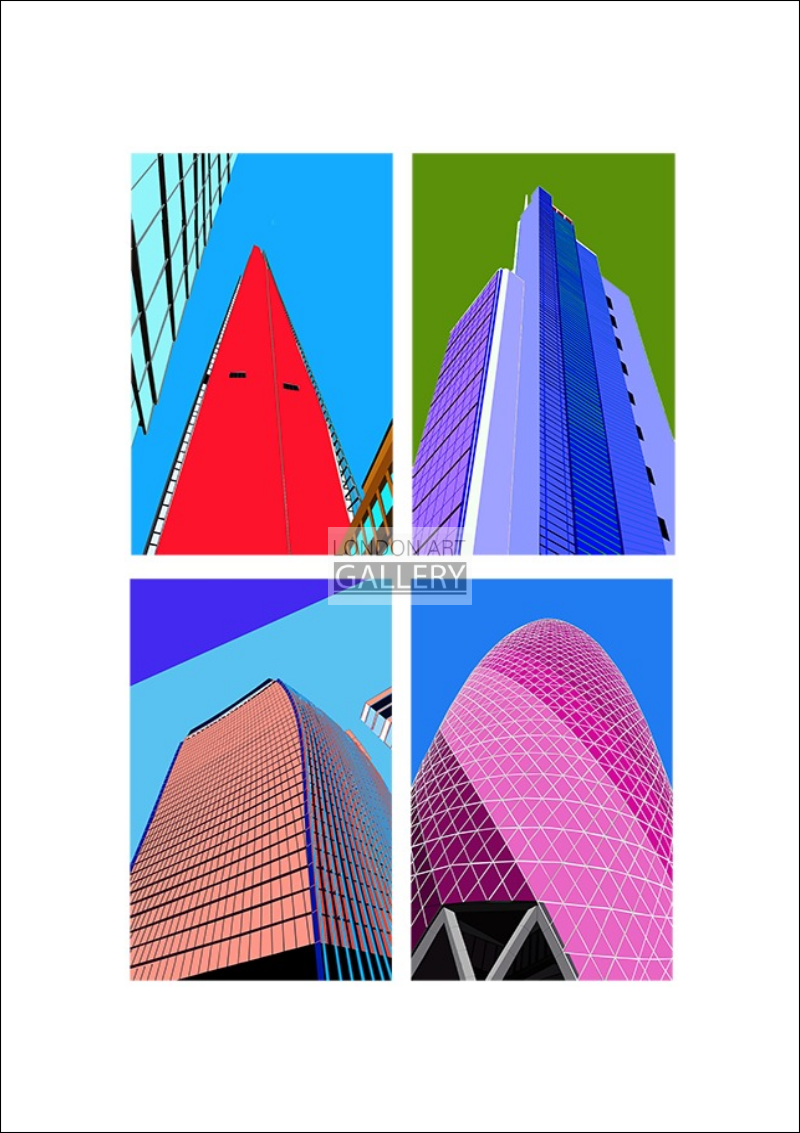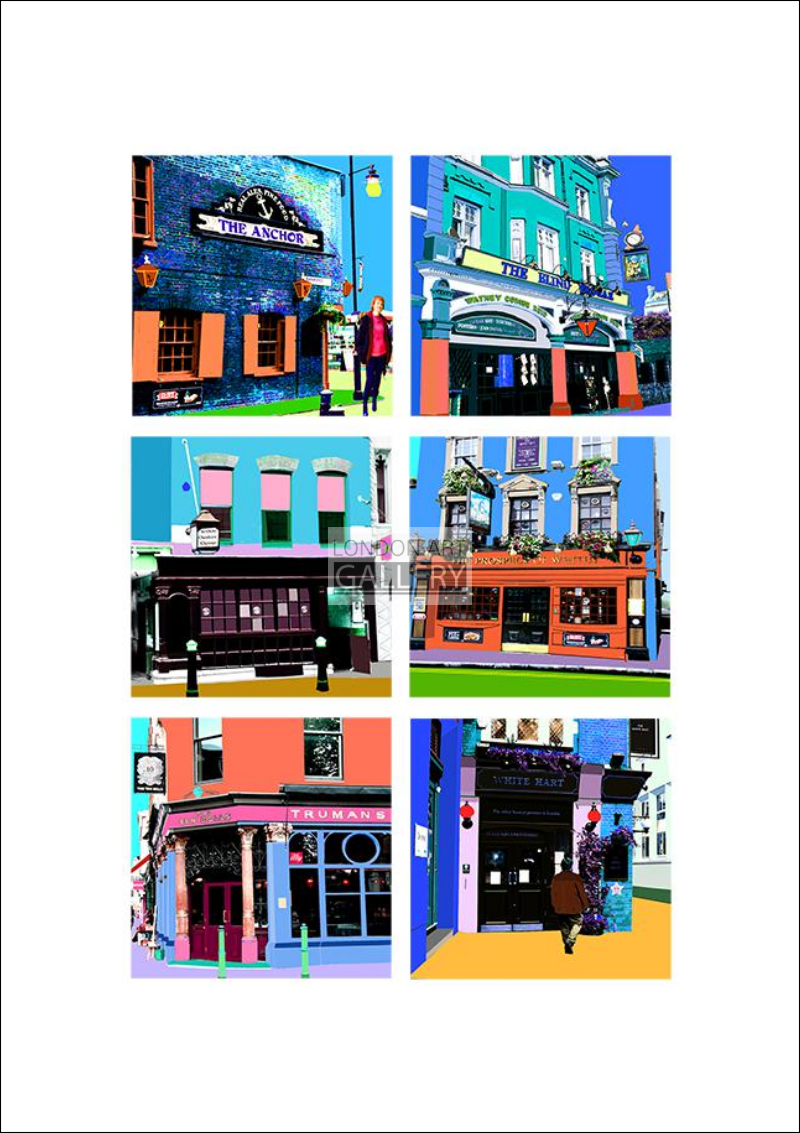Description
- Pall Mall is a street in the City of Westminster in London, parallel to The Mall, stretching from St James’s Street across Waterloo Place to the Haymarket. Pall Mall East continues to Trafalgar Square. The street is a major thoroughfare in the St James’s area of London, and a section of the regional A4 road. The street’s name is derived from “pall-mall”, a ball game that was played there during the 17th century.
- Whitehall is a road in the City of Westminster, in central London, which forms the first part of the A3212 road from Trafalgar Square to Chelsea. It is the main thoroughfare running south from the site of the original Charing Cross at the southern end of Trafalgar Square towards Parliament Square. Recognised as the centre of Her Majesty’s Government, the street is lined with government departments and ministries; the name “Whitehall” is thus also frequently used as a metonym for British central governmental administration, as well as being a geographic name for the surrounding area. The name is taken from the vast Palace of Whitehall that occupied the area before its destruction by fire in 1698. Whitehall was originally a wide road that led to the front of the palace. Trafalgar Square was built at its northern extremity in the early 19th century. The southernmost portion between Parliament Square and Downing Street is named Parliament Street. Combined, Parliament Street and Whitehall cover a distance of about 0.6 mile (1 km). Whitehall is also widely known for a number of memorial statues and monuments, including Britain’s primary war memorial, the Cenotaph.
- Trafalgar Square is a public square in the City of Westminster, Central London, built around the area formerly known as Charing Cross. Its name commemorates the Battle of Trafalgar, a British naval victory in the Napoleonic Wars with France and Spain that took place on 21 October 1805 off the coast of Cape Trafalgar, Spain. The site of Trafalgar Square had been a significant landmark since the 13th century and originally contained the King’s Mews. After George IV moved the mews to Buckingham Palace, the area was redeveloped by John Nash but progress was slow after his death and the square did not open until 1844. Nelson’s Column at its centre is guarded by four lion statues. A number of commemorative statues and sculptures occupy the square but the Fourth Plinth, left empty since 1840, has been host to contemporary art since 1999.
- Fleet Street is a major street in the City of London. It runs west to east from Temple Bar at the boundary with the City of Westminster to Ludgate Circus at the site of the London Wall and the River Fleet from which the street was named. Having been an important through route since Roman times, businesses were established during the Middle Ages. Senior clergy lived in Fleet Street during this period where there are several churches including Temple Church and St Bride’s. Fleet Street became known for printing and publishing at the start of the 16th century and it became the dominant trade so that by the 20th century most British national newspapers operated from here. Much of the industry moved out in the 1980s after News International set up cheaper manufacturing premises in Wapping, but some former newspaper buildings are listed and have been preserved. The term Fleet Street continues to be used as a metonym for the British national press, and pubs on the street once frequented by journalists remain popular. Fleet Street has a significant number of monuments and statues along its length, including the dragon at Temple Bar and memorials to a number of figures from the British press, such as Samuel Pepys and Lord Northcliffe. The street is mentioned in several works by Charles Dickens and is where the legendary murderous barber Sweeney Todd lived.





